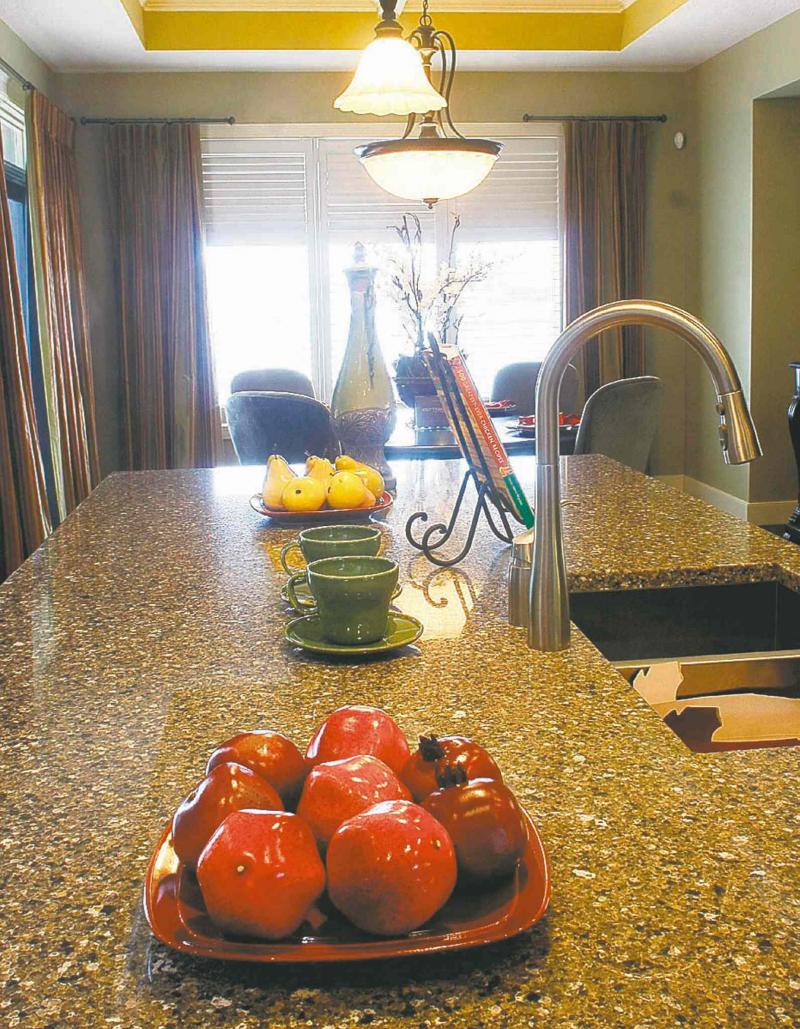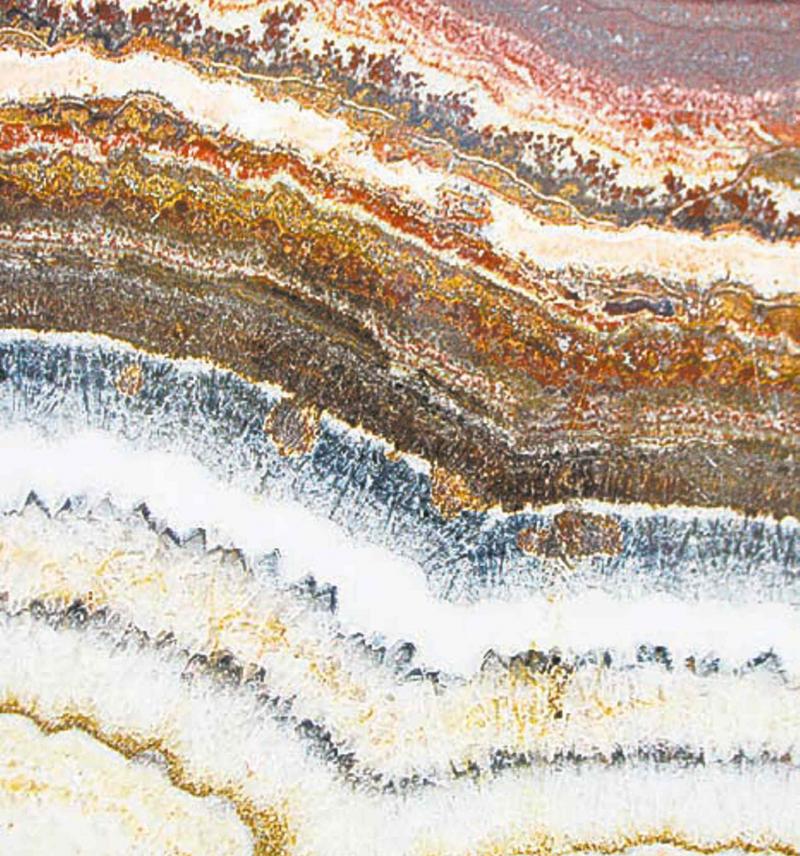


QUESTION: We are selecting new countertops for our kitchen and bathroom. I definitely want granite in the kitchen, but I'm thinking of a less costly option for the bathrooms (our master bath, a powder room and an upstairs full bathroom for the kids). What are your thoughts on quartz versus granite, and what do you suggest for the bathrooms?
ANSWER: You are wise to research your options for countertops as kitchens and bathrooms are typically the rooms that experience the most architectural advancements -- when it comes to design and technology -- than any other room in the house. Whether it is flooring, lighting, cabinetry, surfaces or fixtures, these rooms continuously challenge designers and manufacturers to develop the next wave of functional style.
There are several options to consider:
Laminates
These have come a long way from the sharp-edged, glossy coverings of the 1950s. New technologies have developed profiled edges and new colours and patterns that complement a plethora of wall and cabinet finishes. Look for names such as Formica and Arborite. Laminates are a good value, but they can be damaged by heat or scuffing.
Solid
Solid surfaces are durable man-made products that are composed of acrylic polymers. These homogeneous surfaces come in a variety of colours and patterns that can be machined to provide a great number of profile edges, making their design more unique. Corian is a major name in the industry. Although solid surfaces are extremely stain resistant, they can be damaged with extreme heat, and while this surface is practical, it isn't terribly exciting to look at.
Natural stone
In this class are granites, slate, soapstone, marble and onyx, just to name a few. These have been growing in popularity for both kitchen and bath designs due to their luxurious appearance. Stone is resistant to heat and sharp objects, but acids can etch the surface if not cleaned quickly.
Natural stone is at the higher-end on the price point and may require additional upkeep (some surfaces are recommended to be sealed and waxed periodically). Despite that, stone's great range of natural beauty has made it a top contender for countertop options.
Quartz
A close rival to the natural-stone options, quartz counters are comprised of quartz crystal combined with binding agents and colours. The results provide a beautiful product with increased durability. Quartz tends to be less costly than natural stone, while improving on some of its limitations such as acid etching and dark pigment staining.
A new wave
As I mentioned, there are always new products showing up in kitchens and bathrooms, and countertops are boasting machined surfaces devised from stainless steel, cement, wood and tiles. Each is unique and interesting, but they all require special considerations. Sealed edges, waterproof finishes and mildew-resistant grouting must be applied for these finishes to be functional in your high-action spaces.
With all of the options available, you will need to consider your budget and preferences, and maintenance of each option. Natural stone and quartz are leaders in kitchen counters, with solid finishes close behind. Powder rooms and master suites also show off natural stone and quartz, but the softer effect of solid or manufactured stone for secondary baths is very popular.
QUESTION: I am remodelling a bedroom for our new baby (due in February). Could I put picture frame moulding around the bedroom door and bi-fold closets to add some interest? They are currently ribbon grain mahogany and look rather dull. Thanks.
ANSWER: Congratulations on your new baby. This is an exciting time for you. You can definitely add some architectural detailing to the doors, but be prepared to remove them from their hinges first. Since it's likely a hollow-core door, you shouldn't nail the frame to it. You will instead need to adhere the frame moulding with glue, and that will require you to lay the door flat so that the pieces can set properly.
If removing the doors is not an option you can try a "craft project" version of this, but I stress it is not the proper way to do this design enhancement. It will work, however, in a pinch.
If you get your frame cut and bevelled at a wood finishing store, you can adhere the pieces with heavy-duty, double-sided tape (look for it at your local hardware store). Rough up your surface so the tape can adhere well. Position your frame on the door and mark with a pencil. Place the tape on the frame and press onto your door. Add each section until complete.
Apply paintable caulking to the edge to seal it to the door and fill in any gaps. Using your finger or a damp cloth, smooth out the caulking edge. Let dry and paint the door a colour that works with your nursery choice.
This process can be applied to the bi-fold doors as well. Or consider removing the doors and replacing them with a curtain rod and draperies in a fun fabric. This adds personality to the room while eliminating pinched fingers later.
-- Postmedia Network Inc. 2014



